The history of medical science is filled with surprising discoveries that have shaped modern healthcare. From ancient remedies to groundbreaking inventions, these advancements often came from unexpected sources. Some of the most important medical breakthroughs happened by chance, while others were the result of years of diligent research. These discoveries, no matter how unusual, have played a crucial role in transforming how we understand and treat illness. In this article, we’ll explore some of the most unusual milestones in the evolution of medical science.
Penicillin – The Accidental Savior
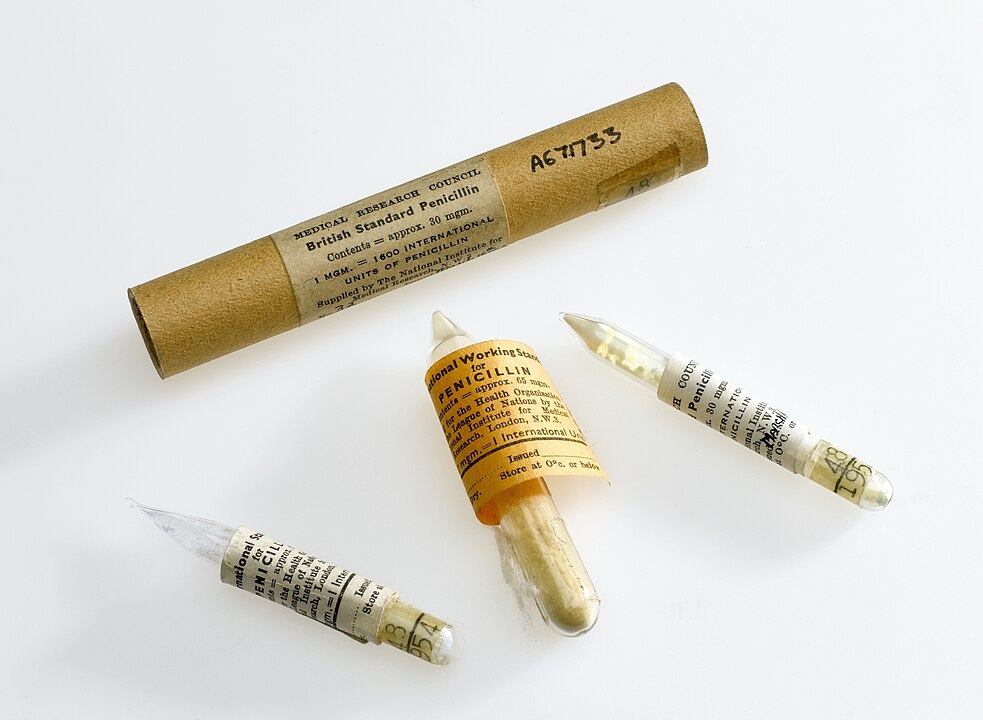
Penicillin, discovered by Alexander Fleming in 1928, revolutionized medicine by becoming the first true antibiotic. Fleming noticed that a mold growing on a petri dish containing *Staphylococcus* bacteria was killing the bacteria around it. This serendipitous observation led to the development of penicillin, which could effectively treat bacterial infections. Its discovery marked the beginning of the antibiotic era and saved millions of lives during World War II. Penicillin’s impact is so profound that it’s considered one of the most important discoveries in medical history.
X-Rays – Unseen Light
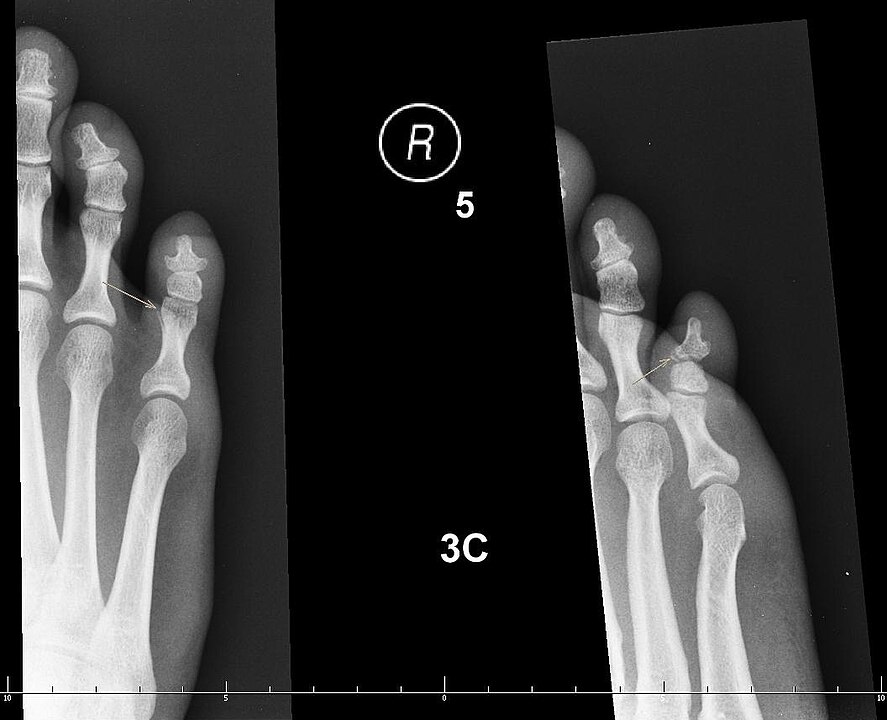
X-rays were discovered by Wilhelm Conrad Roentgen in 1895, when he stumbled upon a form of radiation while experimenting with cathode rays. Roentgen noticed a fluorescent glow from a nearby screen when he activated his cathode ray tube, even though the screen wasn’t directly exposed to the rays. He named these new rays “X-rays” due to their unknown nature. His discovery paved the way for medical imaging, revolutionizing diagnostics, especially in identifying bone fractures. The ability to see inside the body without surgery marked a significant leap forward in medicine.
Insulin – A Lifesaver for Diabetics
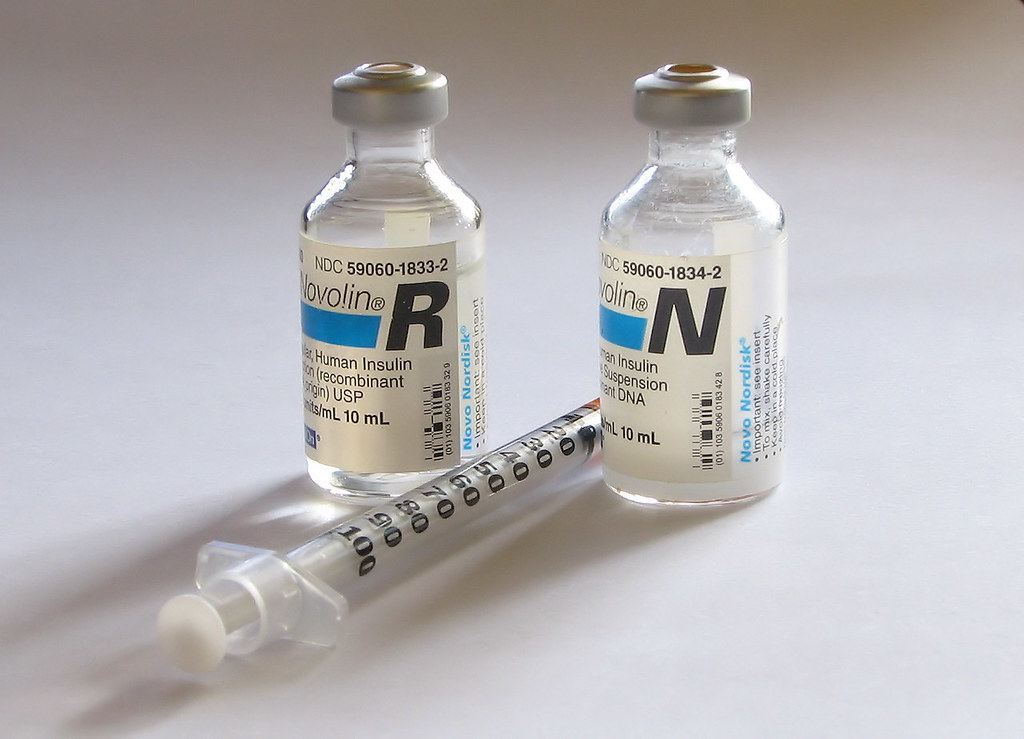
In 1921, Canadian scientists Frederick Banting and Charles Best discovered insulin, a hormone that regulates blood sugar levels. Before this discovery, diabetes was often fatal, as there was no effective treatment. Banting and Best extracted insulin from dog pancreases and successfully treated diabetic dogs, proving its potential for human use. Insulin therapy became a life-saving treatment for diabetics, transforming what was once a fatal disease into a manageable condition. The discovery remains one of the most significant breakthroughs in endocrinology.
The Germ Theory of Disease – The Invisible Culprit
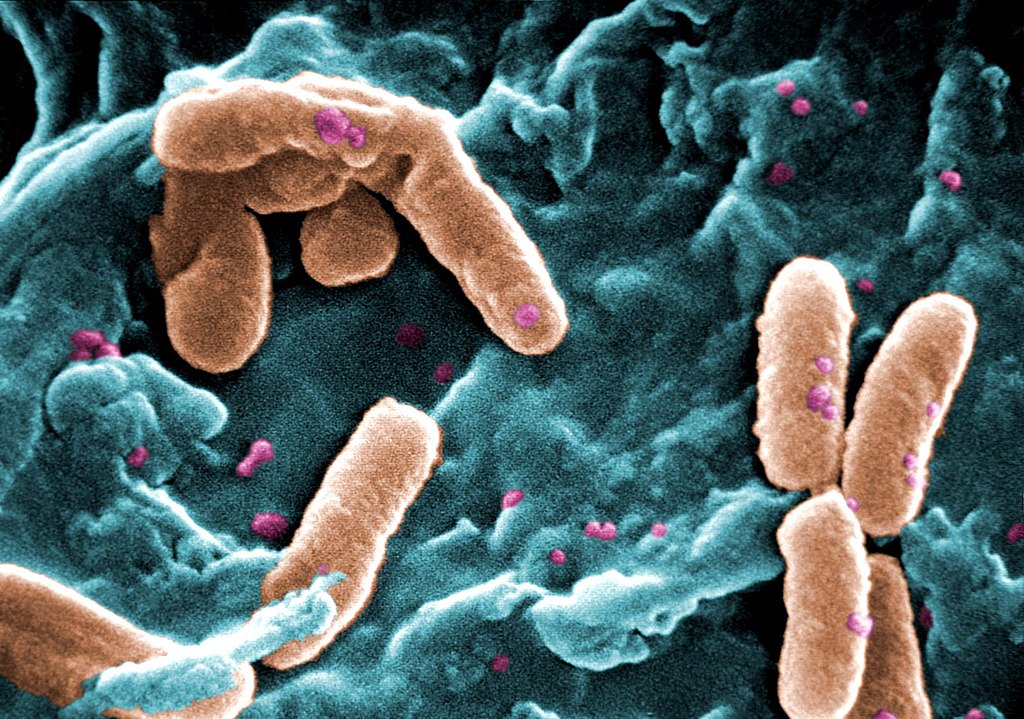
Louis Pasteur and Robert Koch are credited with developing the germ theory of disease in the 19th century, changing the way we understand infections. Pasteur’s work with fermentation and spoilage showed that microorganisms were responsible for these processes, while Koch demonstrated specific pathogens caused particular diseases. Before this theory, many believed diseases were caused by “bad air” or imbalances in the body’s humors. Pasteur’s discovery led to improved hygiene practices, the development of vaccines, and modern microbiology. It ultimately changed how physicians treated and prevented infectious diseases.
The Heart’s Electrical System – A New Beat

In 1903, Willem Einthoven, a Dutch doctor, developed the electrocardiogram (ECG), which measures the electrical activity of the heart. This discovery allowed doctors to diagnose heart conditions by observing the heart’s electrical impulses, a breakthrough in cardiology. Einthoven’s development of the ECG earned him the Nobel Prize in 1924. The ability to assess heart rhythms helped doctors detect arrhythmias, heart attacks, and other cardiac issues. Today, the ECG remains a fundamental tool in diagnosing cardiovascular diseases.
The Smallpox Vaccine – The First Vaccine
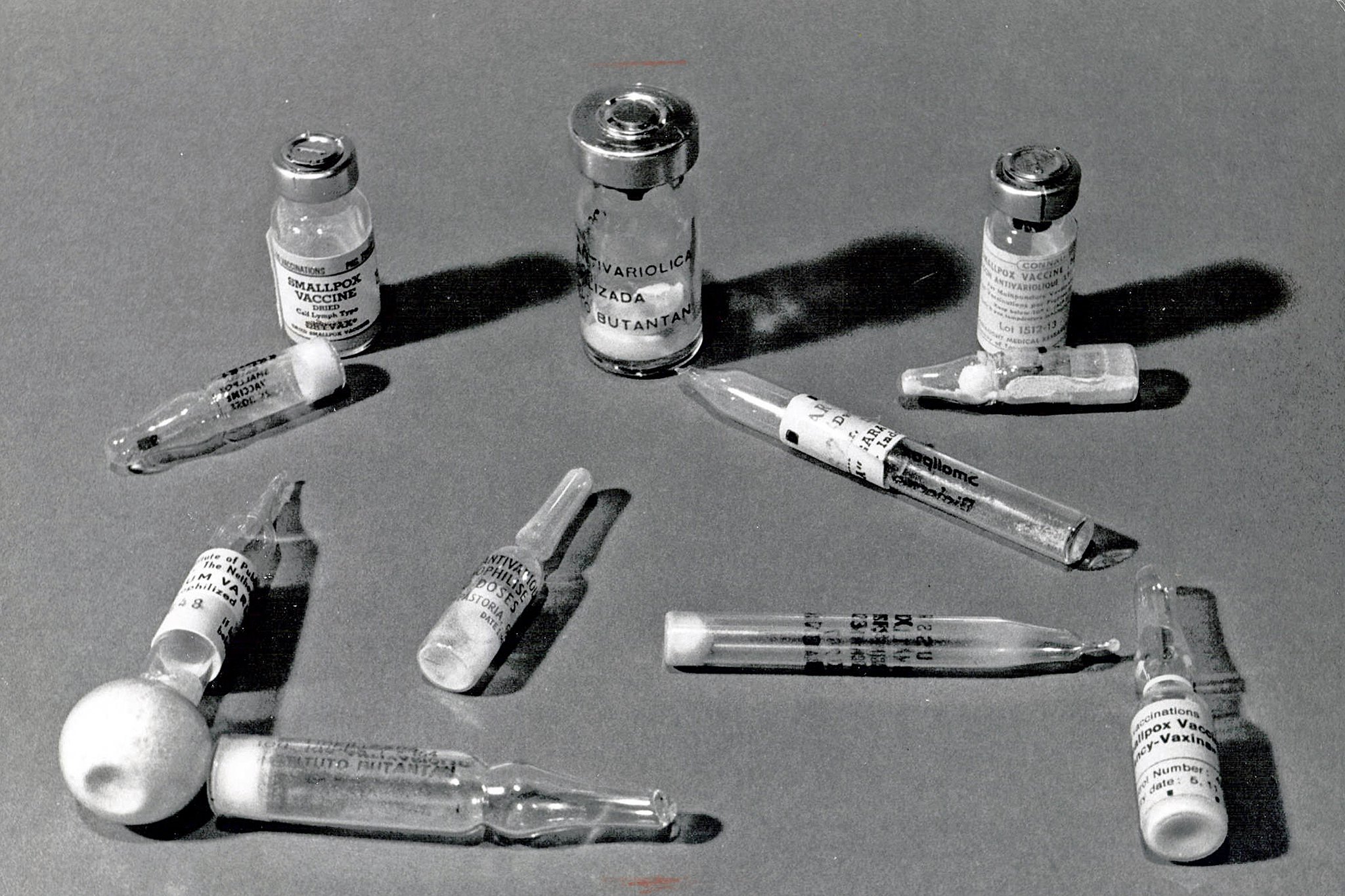
Edward Jenner’s development of the smallpox vaccine in 1796 was groundbreaking in the history of immunology. He noticed that milkmaids who contracted cowpox, a less severe disease, seemed to be immune to smallpox. Jenner injected an 8-year-old boy with cowpox and later exposed him to smallpox, which he survived. This experiment demonstrated that inoculating someone with a milder disease could protect them from a more deadly one. Jenner’s discovery ultimately led to the global eradication of smallpox in 1980.
Anesthesia – A Pain-Free Revolution
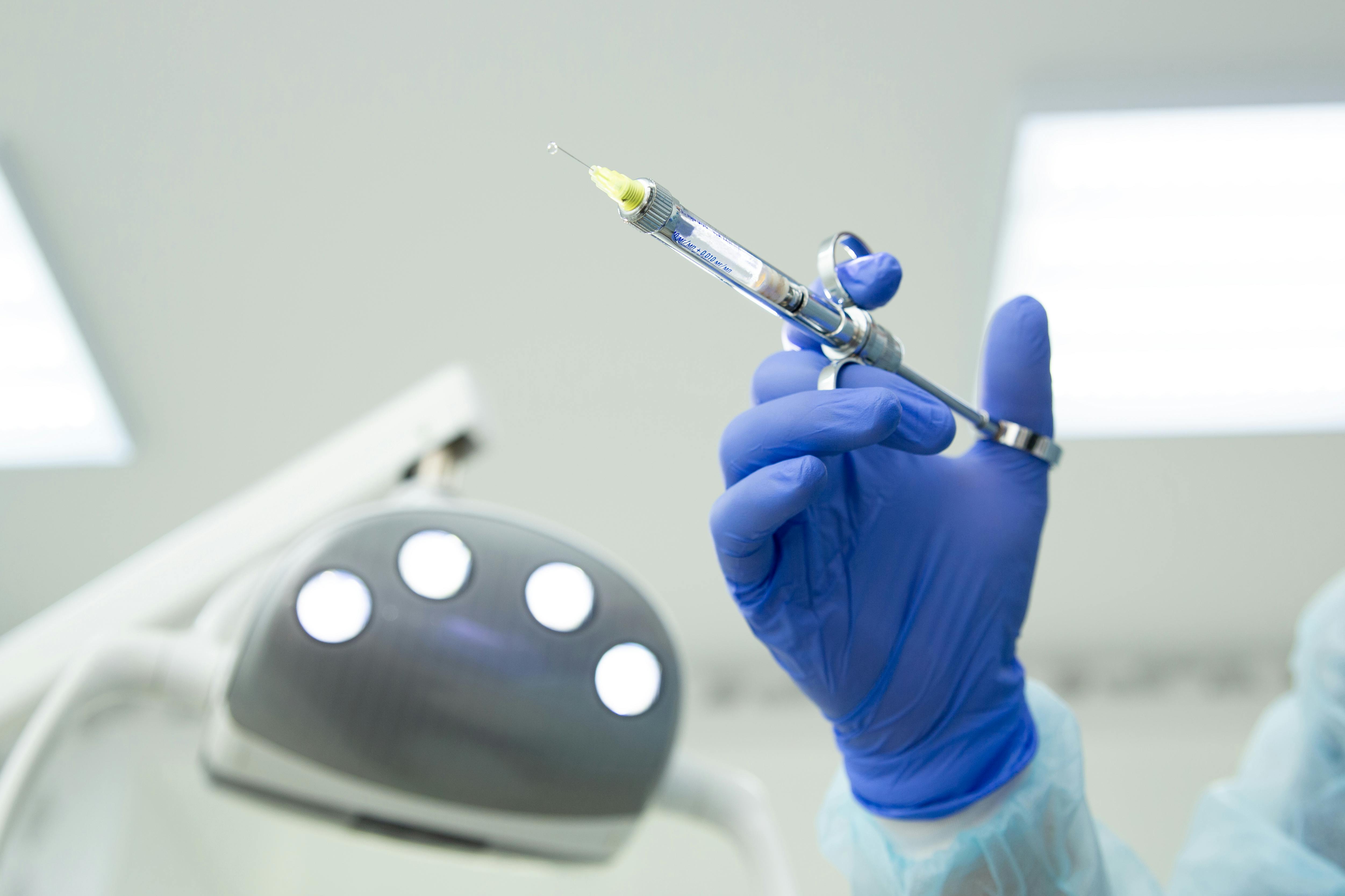
The discovery of anesthesia in the 19th century, especially the use of ether and nitrous oxide, changed surgery forever. In 1846, William Morton, a dentist, successfully demonstrated the use of ether as a surgical anesthetic, allowing patients to undergo surgery without the pain. Prior to this, surgeries were incredibly painful and often fatal due to shock and blood loss. This discovery revolutionized surgery, making it more humane and allowing for more complex procedures. Morton’s work paved the way for modern anesthesiology.
The Discovery of Blood Types – A Lifesaving Classification

In 1901, Austrian immunologist Karl Landsteiner discovered that blood could be classified into different types: A, B, AB, and O. He found that mixing blood from different individuals could cause clumping or agglutination, which led to the identification of blood groups. This discovery made blood transfusions safer by preventing dangerous immune reactions. It also laid the foundation for organ transplantation, as matching donor and recipient blood types is essential for success. Landsteiner’s work earned him the Nobel Prize in Physiology or Medicine in 1930.
The Role of Vitamins – Essential for Health

In the early 20th century, scientists like Christiaan Eijkman and Casimir Funk identified vitamins as essential nutrients for human health. Eijkman discovered that a deficiency in certain foods led to diseases like beriberi, while Funk isolated the first vitamin, B1, and recognized it as a vital compound for the body. This discovery changed our understanding of nutrition and the importance of a balanced diet. It also led to the development of vitamin supplements, improving overall health and preventing deficiency diseases. The discovery of vitamins helped reduce malnutrition-related diseases worldwide.
The Discovery of Radioactivity – A Double-Edged Sword
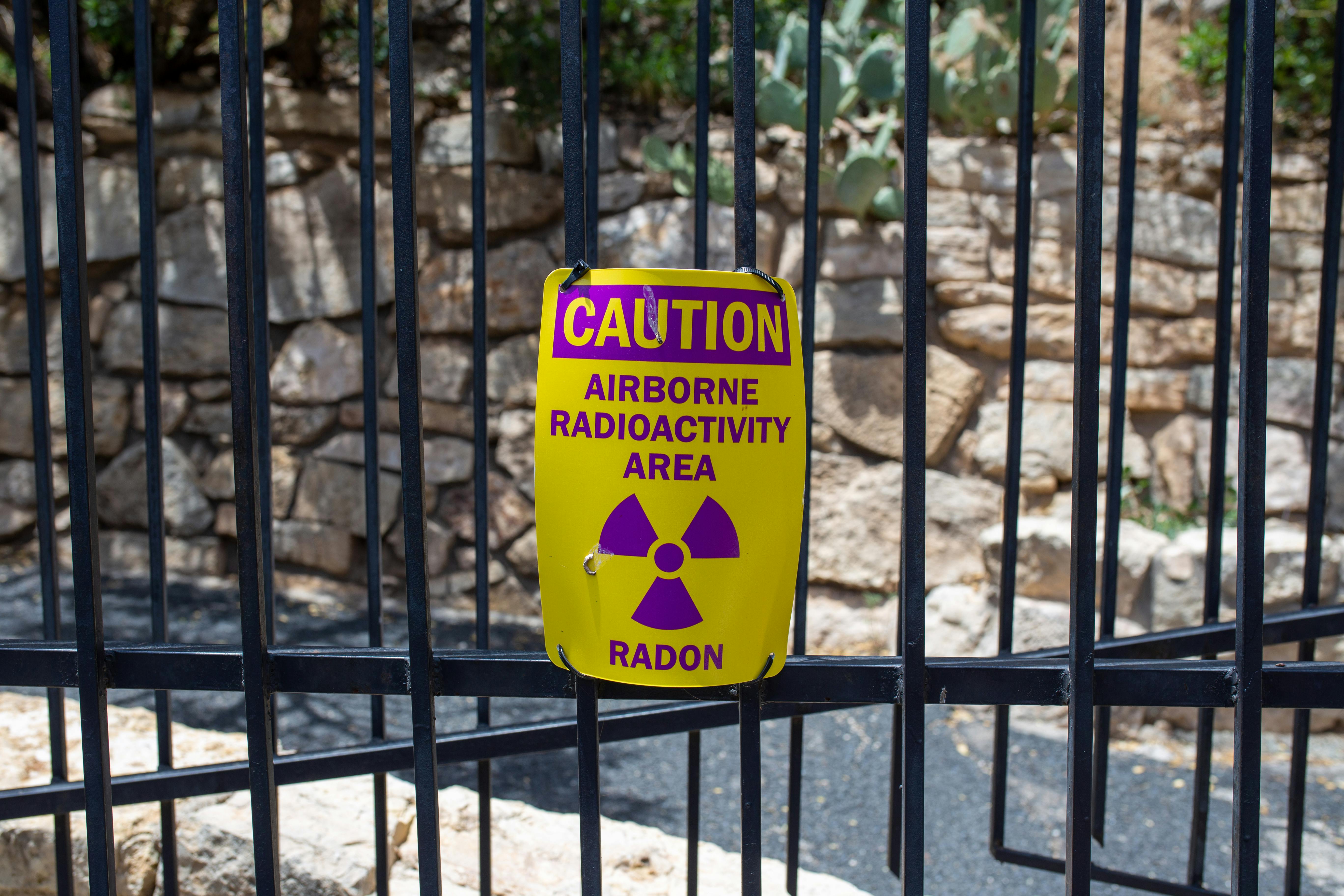
In 1898, Marie and Pierre Curie discovered the radioactive elements polonium and radium while studying uranium ores. This discovery introduced the world to the phenomenon of radioactivity, where unstable atoms release energy in the form of radiation. The Curies’ work was groundbreaking in both physics and medicine, as radioactivity later became useful in cancer treatment through radiation therapy. However, the long-term health effects of radiation exposure weren’t immediately understood, leading to both medical breakthroughs and tragic consequences for those exposed. Marie Curie’s pioneering work earned her two Nobel Prizes, making her one of the most famous scientists of the 20th century.
The Blood-Brain Barrier – A Protective Shield
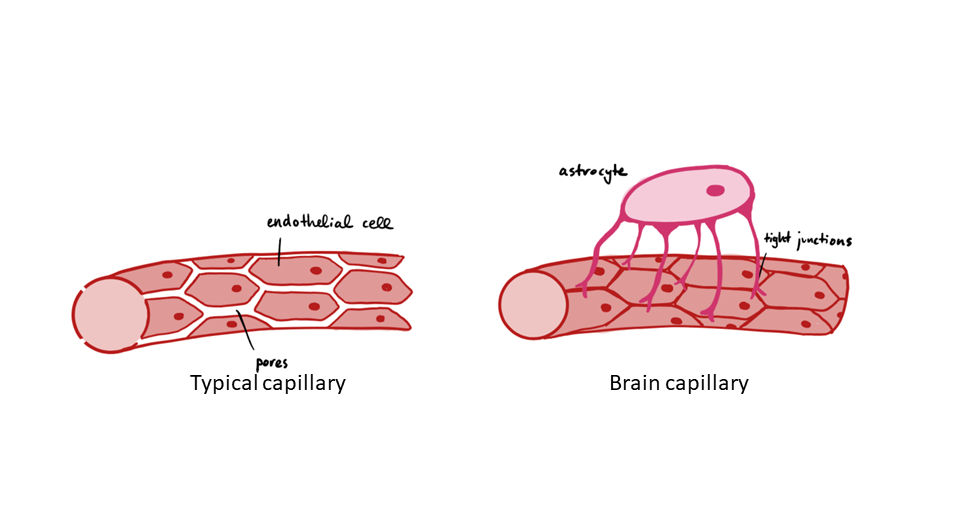
In the 19th century, scientists discovered that the brain was protected by a barrier that prevented harmful substances in the blood from entering the brain. This “blood-brain barrier” was first identified by Paul Ehrlich, who found that certain dyes injected into the bloodstream couldn’t reach the brain. The discovery changed the way we understand the brain’s vulnerability to toxins and infections. It also complicated the treatment of brain diseases, as many drugs are unable to cross this barrier. Modern medicine continues to struggle with developing drugs that can effectively target the brain.
The Role of the Gut Microbiome – A Hidden World

In recent decades, the discovery of the gut microbiome has revolutionized our understanding of digestion, immunity, and even mental health. Scientists have found that trillions of bacteria and other microorganisms in our intestines play a crucial role in digesting food, producing vitamins, and protecting against harmful microbes. This discovery suggests that our gut health is closely linked to various conditions, including obesity, diabetes, and mental health disorders like depression. Research on the microbiome is still ongoing, but it’s already led to new approaches in treatments like probiotics. It’s one of the most exciting areas in medical science today.
The Role of DNA in Inheritance – Cracking the Code
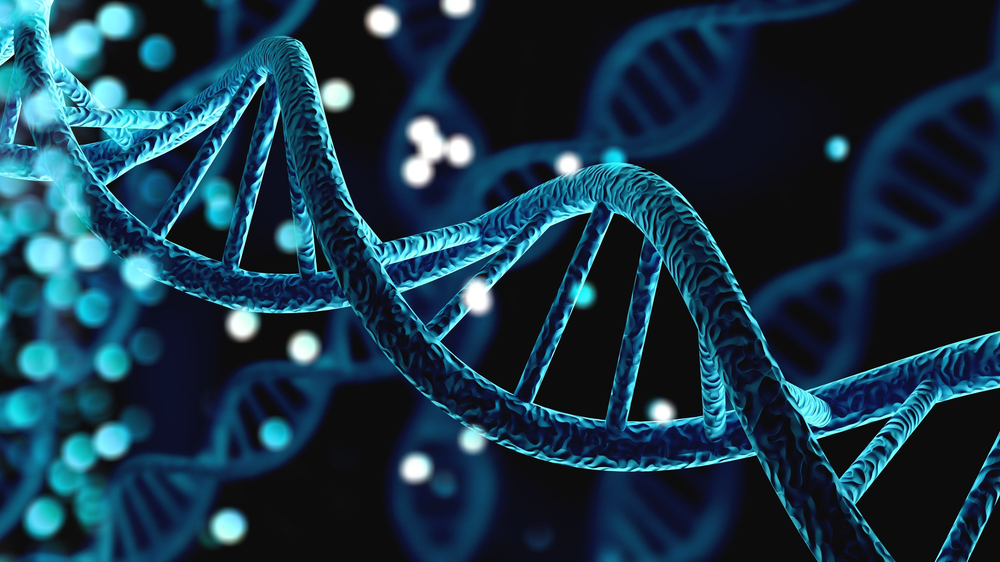
In 1953, James Watson, Francis Crick, and Maurice Wilkins discovered the structure of DNA, which revealed the molecular basis of inheritance. This discovery showed that genetic information is encoded in the form of a double helix, which allows it to be passed from one generation to the next. The ability to understand and manipulate DNA has led to advances in genetic engineering, gene therapy, and forensic science. It has also paved the way for personalized medicine, where treatments are tailored based on an individual’s genetic makeup. The discovery of DNA’s structure has transformed biology and medicine.
The Discovery of H. Pylori – The Cause of Stomach Ulcers
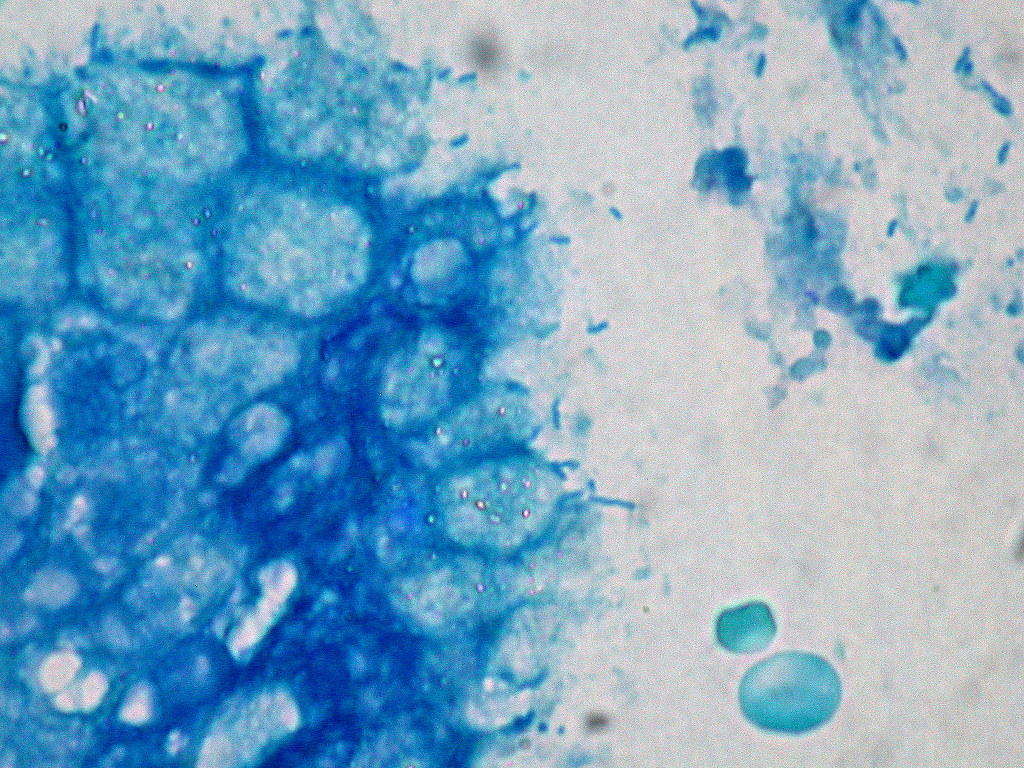
In 1982, Australian scientists Barry Marshall and Robin Warren discovered that the bacterium *Helicobacter pylori* is the primary cause of stomach ulcers, not stress or spicy food as once believed. Marshall famously infected himself with the bacteria and developed an ulcer to prove his theory. This discovery overturned decades of medical dogma and revolutionized the treatment of ulcers, leading to the use of antibiotics to eradicate the infection. Their work earned them the Nobel Prize in Physiology or Medicine in 2005. The discovery also highlighted the importance of bacteria in human health, beyond just causing infections.
The Discovery of Antiseptics – A Breakthrough in Infection Control

In the 1860s, Joseph Lister, inspired by the germ theory of disease, introduced antiseptic techniques to surgery. He began using carbolic acid to sterilize surgical instruments and clean wounds, significantly reducing infections and mortality rates in his patients. Before Lister’s work, surgery was risky due to the high chance of infection. His discovery led to the widespread adoption of sterilization practices, transforming surgery into a much safer procedure. Lister’s work laid the foundation for modern infection control in hospitals.
C-sections – A Surgical Revolution

Caesarean sections, though used in ancient civilizations, were revived in the 19th century when surgical techniques advanced. The procedure was improved by figures like Ferdinand Adolf Kehrer, who developed safer methods for delivering babies through the abdominal wall. Initially, C-sections had high mortality rates for both mother and child, but the development of anesthesia, antiseptic techniques, and better surgical skills made it a safer option. Today, C-sections are a routine procedure, saving countless lives when vaginal delivery is not possible. They are one of the most common surgeries performed worldwide.
The Use of Blood Transfusions – A Lifesaving Innovation

The idea of blood transfusions dates back to the 17th century, but it wasn’t until the early 20th century that scientists understood how to safely match blood types. In 1907, the first successful human-to-human blood transfusion was performed by Dr. Albert Hustin using citrated blood to prevent clotting. In 1916, the discovery of blood typing by Karl Landsteiner made transfusions much safer, as matching blood groups between donor and recipient became critical to avoiding immune reactions. Blood transfusions have since saved millions of lives, especially during surgeries and emergencies. Modern techniques in blood storage and transfusion continue to evolve.
The Development of MRI – A Non-Invasive Look Inside
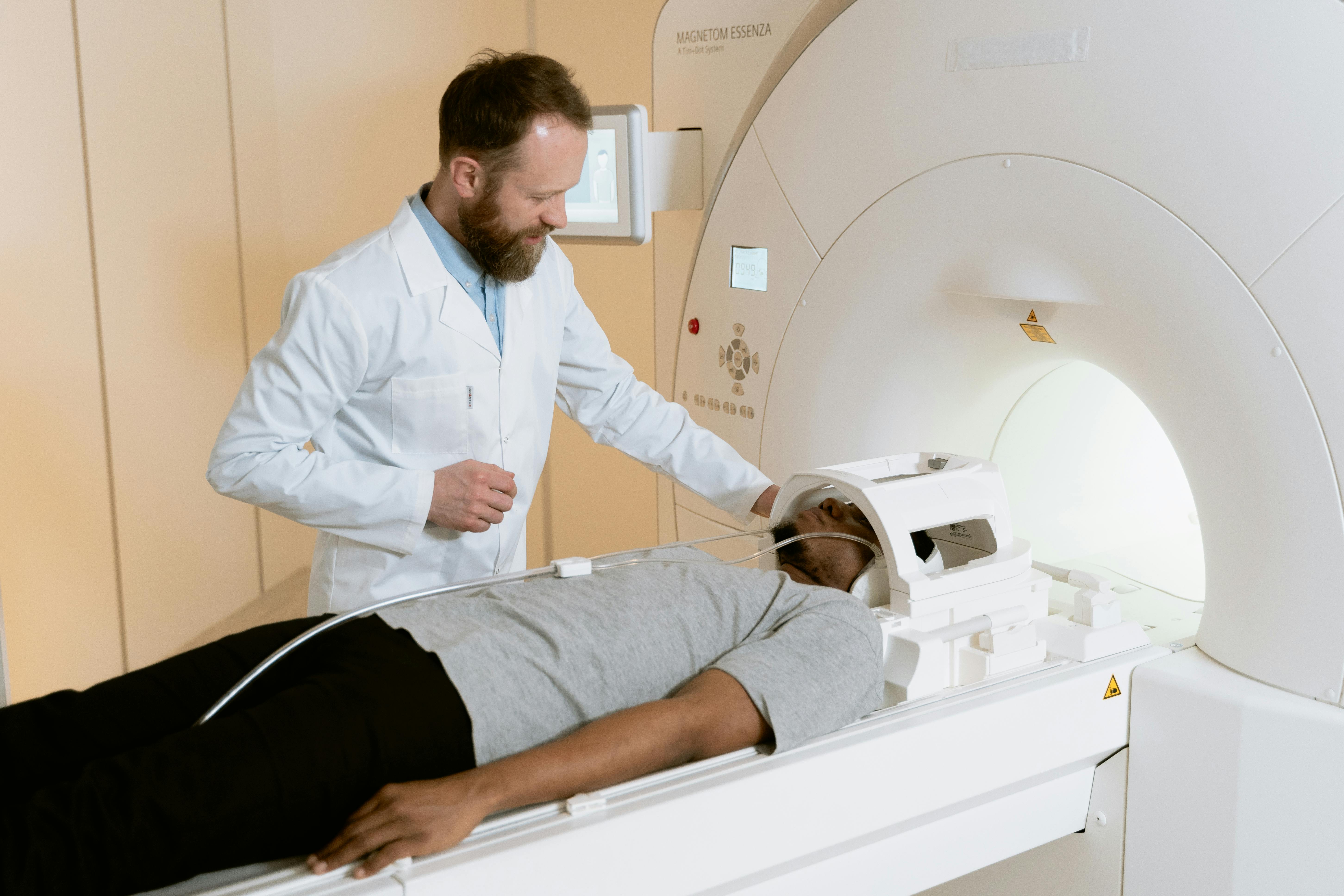
In the 1970s, scientists Paul Lauterbur and Peter Mansfield developed Magnetic Resonance Imaging (MRI), which uses magnetic fields and radio waves to create detailed images of the inside of the body. MRI technology allows for non-invasive imaging of soft tissues, such as the brain, muscles, and organs, unlike X-rays which are better suited for bones. The breakthrough offered a powerful diagnostic tool, especially in neurology and oncology. MRI scans have become a staple in modern medicine, providing valuable information without the need for surgery. The technology continues to evolve, with advances such as functional MRI, which can monitor brain activity.
Antivirals – Tackling the Invisible Enemy

The development of antiviral drugs began in the 20th century, with the discovery of the first effective antiviral agent, Acyclovir, in 1974. It was used to treat herpes simplex virus infections, marking a significant step in the fight against viral diseases. Over time, antivirals have been developed for a range of viral infections, including HIV, influenza, and hepatitis. Antiviral drugs work by inhibiting the replication of viruses, helping to control and manage infections. The continued research into antiviral treatments has become even more critical in the era of emerging viral threats like COVID-19.
The Discovery of Vitamin D – The Sunshine Vitamin

In the early 20th century, scientists discovered that vitamin D is essential for bone health, particularly in preventing rickets, a disease caused by weakened bones due to calcium deficiency. It was found that vitamin D could be synthesized in the skin when exposed to sunlight, leading to its nickname, the “sunshine vitamin.” This discovery had a profound impact on public health, leading to the fortification of foods like milk with vitamin D to prevent deficiencies. The understanding of vitamin D’s role expanded beyond bone health, linking it to immune function and even mental health. Today, vitamin D deficiency is widely recognized as a global health issue.
This article originally appeared on UnifyCosmos.
More from UnifyCosmos
20 Secrets to Hosting a Memorable Weekend Getaway

Planning a weekend getaway is a perfect way to create lasting memories with your guests, but it takes more than just picking a great location. The secret to a truly memorable experience lies in the thoughtful details, from cozy accommodations to exciting activities. Read More
22 Lost Wonders of Sacred Religious Sites

Sacred religious sites hold a unique place in human history, often blending awe-inspiring architecture with deep spiritual significance. Over time, some of these remarkable places have been lost or forgotten, hidden by the forces of nature or simply fading from memory. Read More
19 Desert Sanctuaries for Tranquility and Relaxation

Escape to a serene desert oasis for a getaway filled with tranquility and peace. These secluded spots offer a perfect retreat from the hustle and bustle of daily life. Read More
Leave a Reply